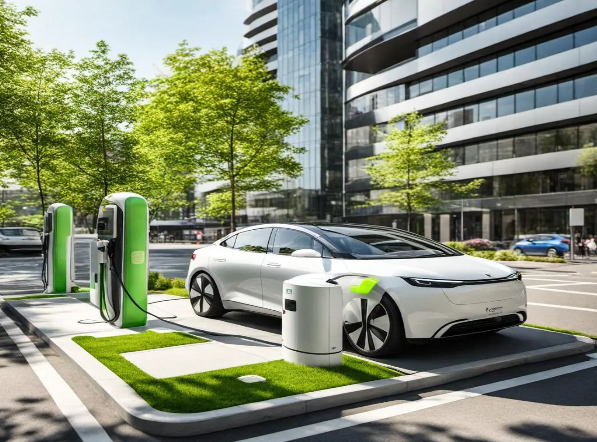Shared charging piles are public charging facilities based on Internet, Internet of Things, and smart grid technologies, designed to meet the charging needs of new energy vehicle users in public places. With the popularization of new energy vehicles, shared charging piles, as an emerging charging method, are gradually becoming an important charging route for electric vehicles, electric bicycles, and other new energy transportation means.

Main Features:
1.Convenience: Shared charging piles are widely distributed in various scenarios such as shopping malls, public parking lots, residential areas, and highway service areas. Users can easily find and reserve nearby charging piles through mobile phone apps or other smart devices, enabling charging anytime and anywhere.
2.Intelligence: Shared charging piles are connected to cloud platforms through Internet technology, enabling real-time data transmission and processing. Users can remotely check the status of charging piles, make reservations for charging times, pay charging fees, etc., significantly enhancing the convenience and efficiency of charging.
3.Diverse Installation: Shared charging piles can be fixed to the ground or walls and flexibly installed in various public places, such as commercial complexes, office buildings, shopping centers, and residential communities, providing adapted charging services for different types of electric vehicles.
4.Environmental Protection and Energy Saving: As infrastructure for electric vehicles and other green transportation means, the promotion and use of shared charging piles contribute to reducing carbon emissions, promoting energy structure optimization, and facilitating sustainable development.
Future Development:
As the market for new energy vehicles continues to expand and charging technology advances, the application scenarios of shared charging piles will become even more extensive. In the future, the service models of shared charging piles will be more diversified, including time-sharing rentals, pay-as-you-go, membership systems, and other models to meet the needs of different users. Meanwhile, with the in-depth application of Internet of Things and artificial intelligence technologies, shared charging piles will become more intelligent and networked, providing users with more convenient, efficient, and intelligent charging services.




